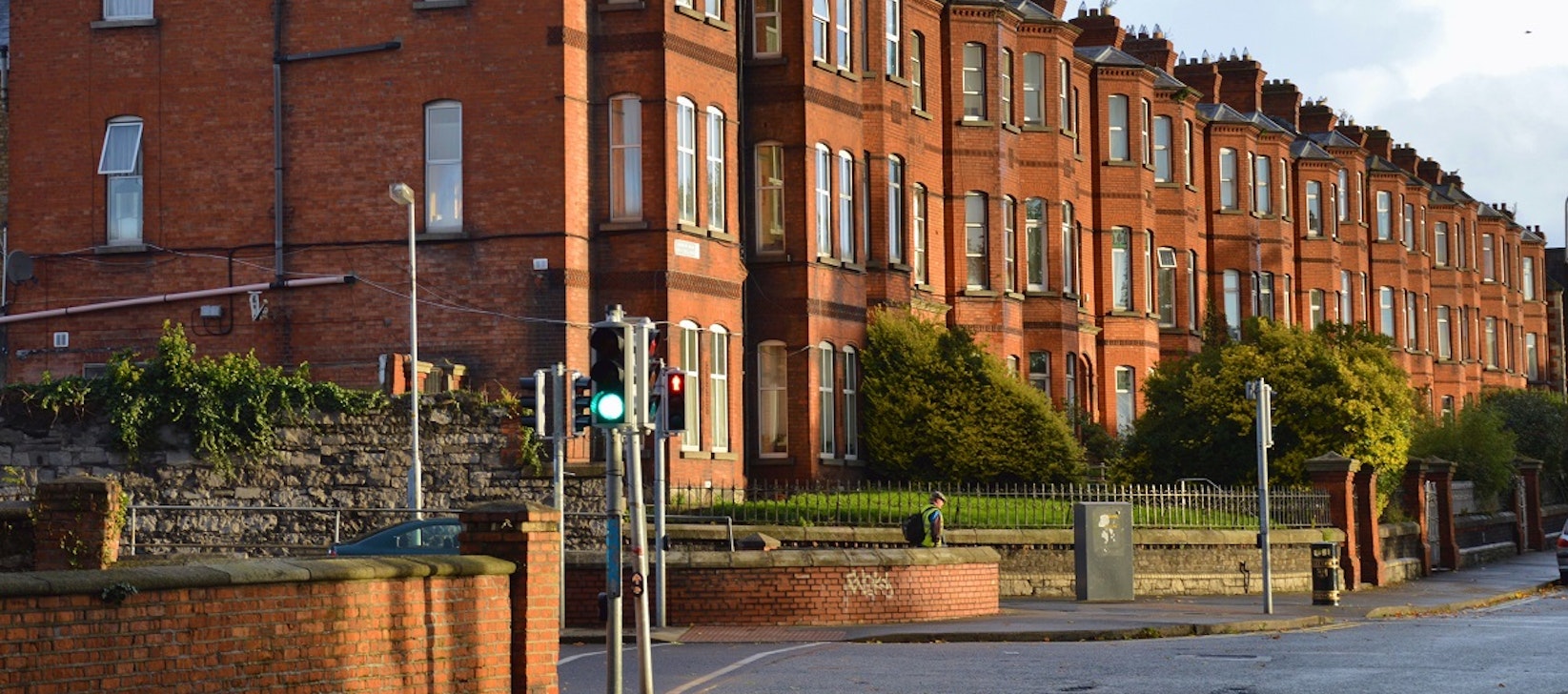Dublin is a rapidly growing city.
Official CSO projections suggest that the Greater Dublin Area [GDA] will see its population grow from 1.8 million to 2.1m by 2031. But even these predictions may be wrong, as the 2011 projections were pessimistic about migration: we have already seen the city return to strong net immigration
All growth must be accommodated, however. Modern FDI relies on skilled labour and wages comprise typically three quarters of all costs. And the single biggest item in the household budget is housing. If labour is three quarters of a firm’s costs, and housing is one third of household spending, housing is one quarter of Dublin’s competitiveness.
Simply put, all workers need somewhere for them and for their families to live. If, as planned, close to one million square metres of office space is built between 2015 and 2020, this will create a need for three million square metres of residential space – roughly 30,000 new homes. This is on top of existing demand for new homes, through the increase in population and obsolescence of existing stock.
“People flock to Dublin because of the city’s role as a job attractor and creator. Dublin is one of the world’s biggest hubs for foreign direct investment, featuring in the top twenty worldwide in both the 2015 and 2016 IBM Global Locations Trends reports.”

All told, the GDA needs roughly 1,200 new homes every month, but far fewer homes than this are currently being built each month in the city. Over a five-year period, 1,200 per month is 72,000 new homes – but between 2011 and 2016 just 15,000 new homes were started. The effect is to squeeze the existing working population – not only further out of the city resulting in progressively longer commutes, but also squeezing them in.
Counter to projections, average household size in Ireland rose between the 2011 and 2016 Censuses – we are cramming more people into the dwellings we have, rather than building more dwellings.
While most cities would welcome substantial growth in population, a metric long linked with success, our current housing problems will worsen as demand continues to grow and as long as supply is inadequate. At the heart of Dublin’s housing problem is an inability to build properties smaller than three-bedrooms for anything close to what households can afford. This includes student accommodation and studio apartments in city centres for young professionals. But it also includes larger suburban apartments for those looking to downsize, and assisted living developments for those with care needs.
The pressure on households from the lack of construction activity during the last five years has resulted in housing rents in the city surpassing the peak levels of 2008. As shown in the chart below, there is a clear relationship between supply and rents: when fewer than 13,000 properties are listed for rent in a three-month period, as has been the case consistently since late 2012, rents in the city rise. If supply were to increase, it would result in a reduction in rents, alleviating the pressure on households and assisting workers in living closer to their employment.
The high level of construction costs, particularly for smaller households, is not just a problem for the market. It also means that social housing is unaffordable. While the move away from Rent Supplement to a Housing Assistance Payment (HAP) is an important shift in the right direction, more could be done to help households. Ultimately, all households should be entitled to a top-up where their own income is inadequate to cover their basic housing needs.

However, growth is not solely about housing. Every new household needs access to water, roads, electricity, broadband and a range of public services, including schools and healthcare. The Local Infrastructure Housing Assistance Fund (LIHAF) will help in bridging the gap between market prices and what families can afford – but the end goal should be a model where funding follows the family. The core problem restricting supply remains high construction costs. Evidence suggests that the hard costs of construction are roughly 50% more expensive in Dublin than in Amsterdam, one of its rivals as a European hub. An independent audit of these costs and the factors affecting them would assist policy makers, at local and national level, taking evidence-based decisions.
“The pressure on households from the lack of construction activity during the last five years has resulted in housing rents in the city surpassing the peak levels of 2008.”





